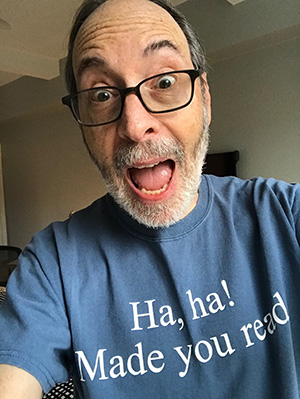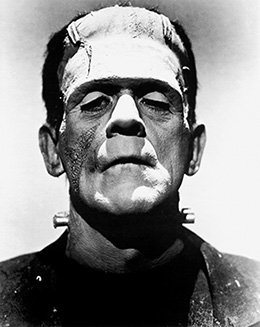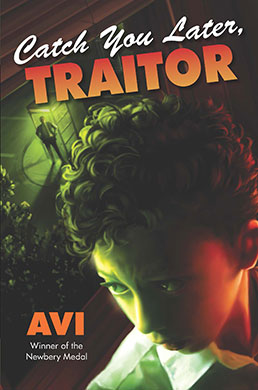
2025 Summer Blog Series: Suzanne Supplee
Having been a high school and middle school writing and English teacher for decades, I’ve had an up-close view of students and their reading habits. I’ve taught kids who couldn’t stop reading. There were also students who proudly told me, “I hate to read.”








